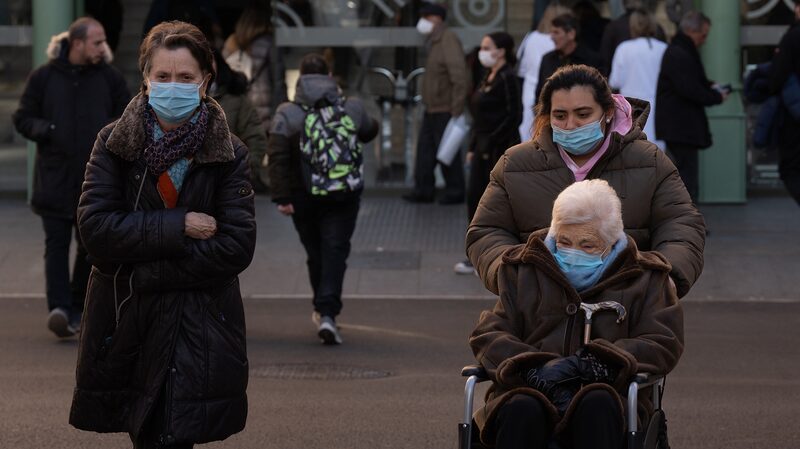Once a death sentence, tuberculosis (TB) now faces modern innovations—yet the disease remains a formidable global threat. In 2023 alone, the World Health Organization (WHO) reported 30,000 daily TB cases worldwide, with 3,500 deaths each day. China, grappling with drug-resistant strains, is prioritizing advanced diagnostics and systemic reforms to curb the epidemic.
Dr. Zhao Yanlin of China’s National Center for Tuberculosis Control and Prevention underscored the need for societal collaboration, as the country rolls out its 2024-2030 national plan. The initiative focuses on strengthening grassroots healthcare access and reducing patient costs. However, challenges persist: low detection rates and high treatment expenses hinder progress, particularly for multidrug-resistant TB (MDR-TB), which accounts for 7.3% of global cases.
"Drug-resistant TB requires longer, costlier treatments and has lower patient compliance," explained Dr. Zhang Hui, deputy director at the center. China is standardizing care pathways, promoting oral short-course regimens, and subsidizing costs to address these gaps.
At a recent Beijing seminar supported by the Gates Foundation and Global Health Drug Discovery Institute, experts highlighted breakthrough technologies like tongue-swab rapid tests and AI-driven lung imaging. These innovations, meeting international standards, promise faster diagnoses in remote areas.
As nations align to end TB by 2030, China’s dual focus on equitable healthcare and cutting-edge tools offers a blueprint for global efforts—a critical step in safeguarding millions from this ancient scourge.
Reference(s):
Drug-resistant TB control, new tech key in fight against the disease
cgtn.com






